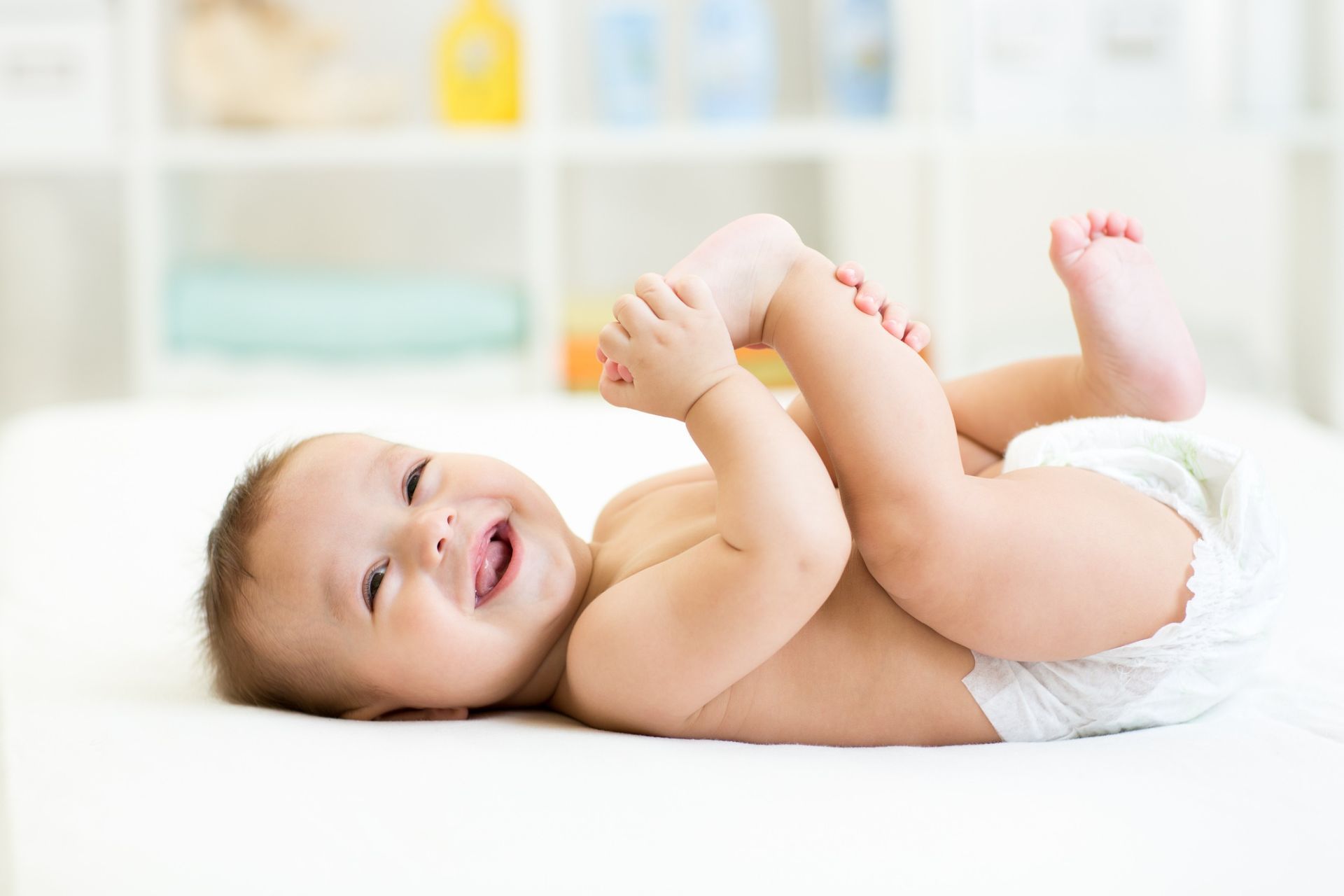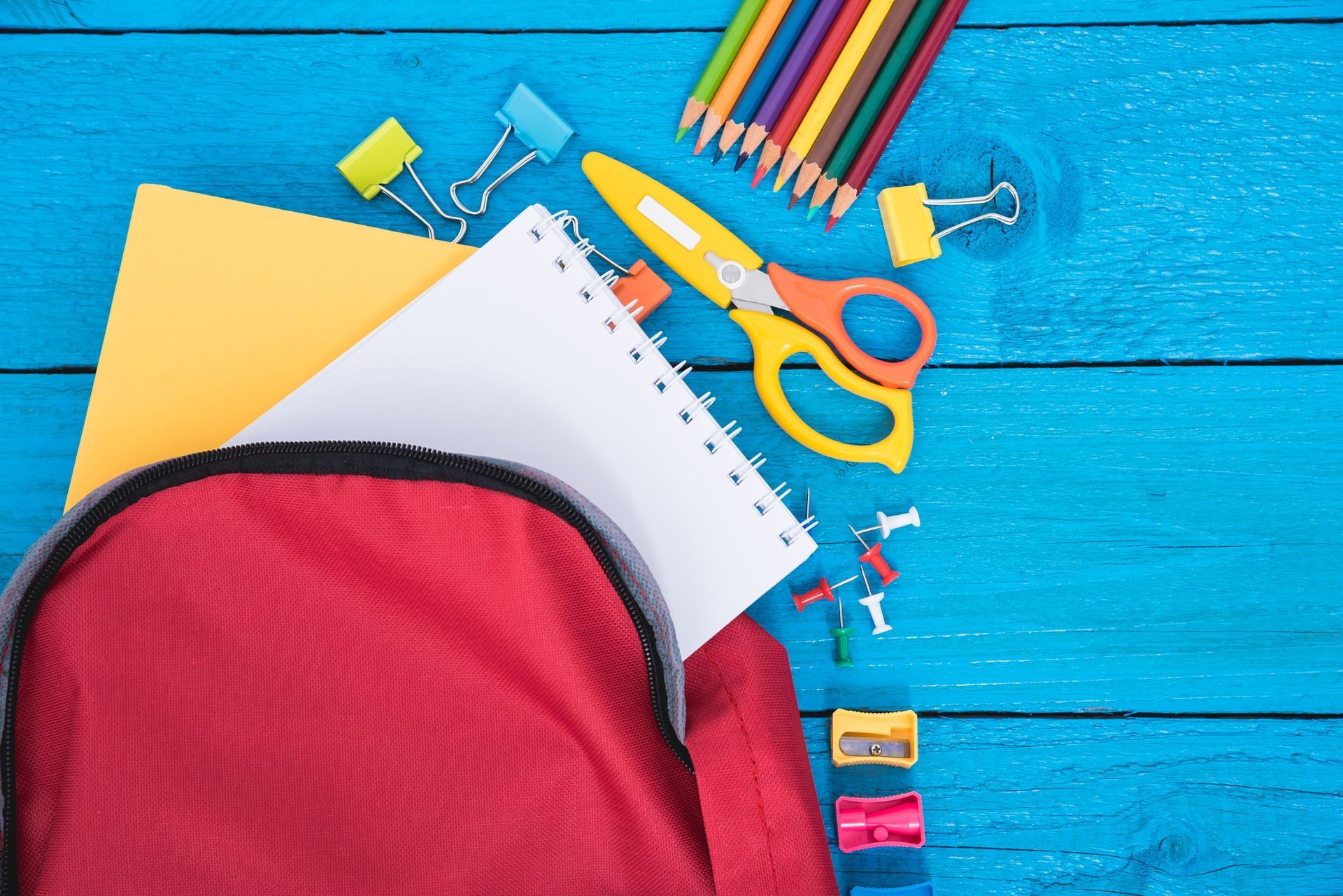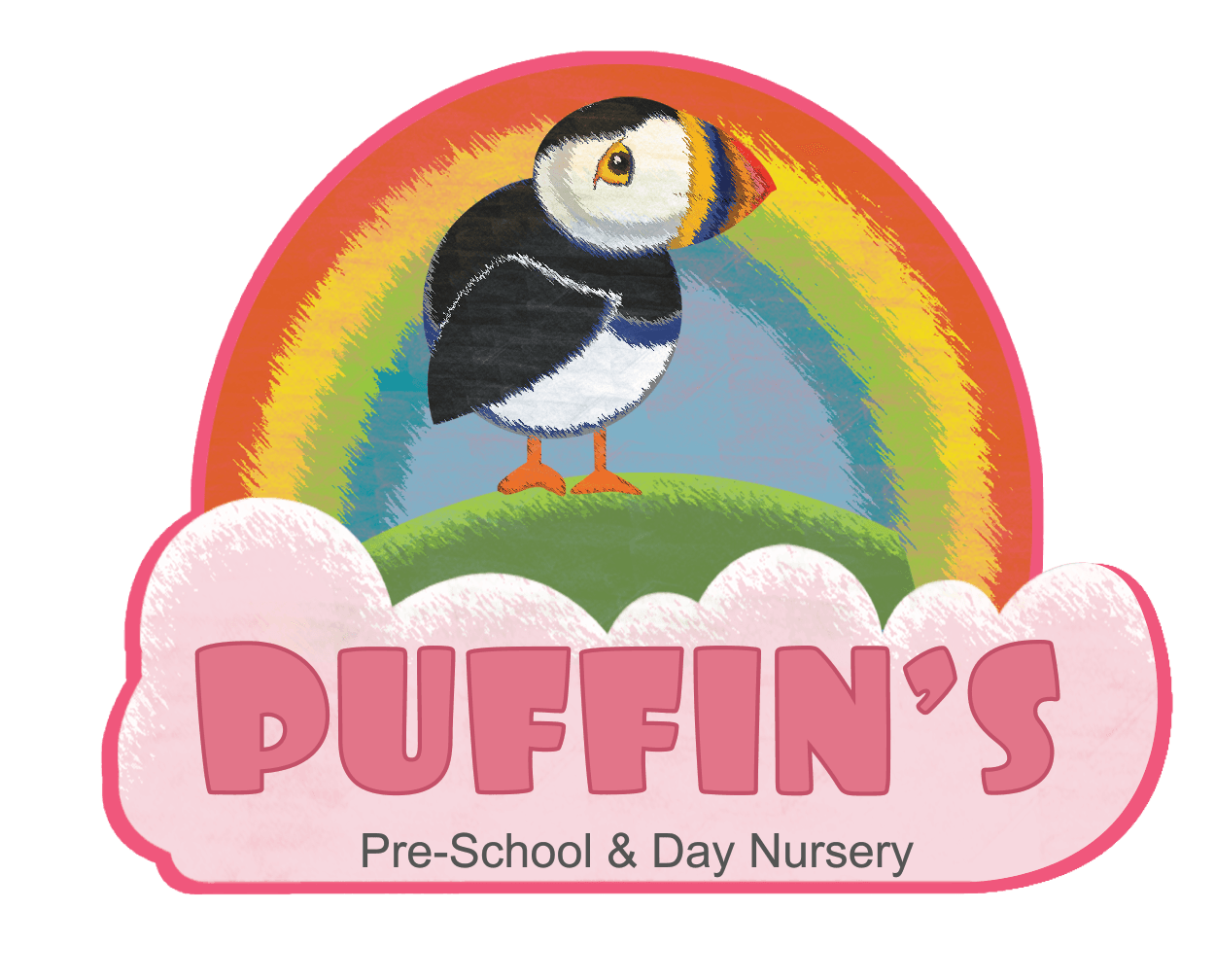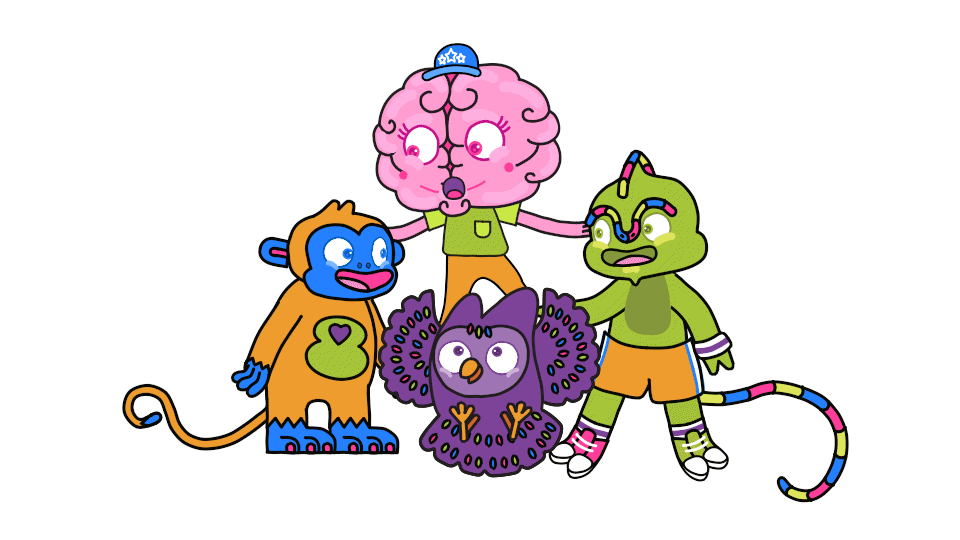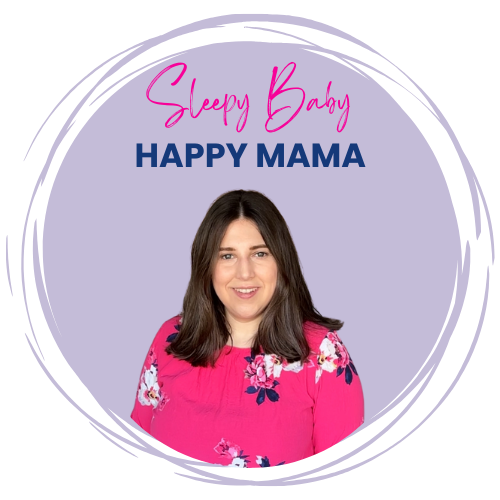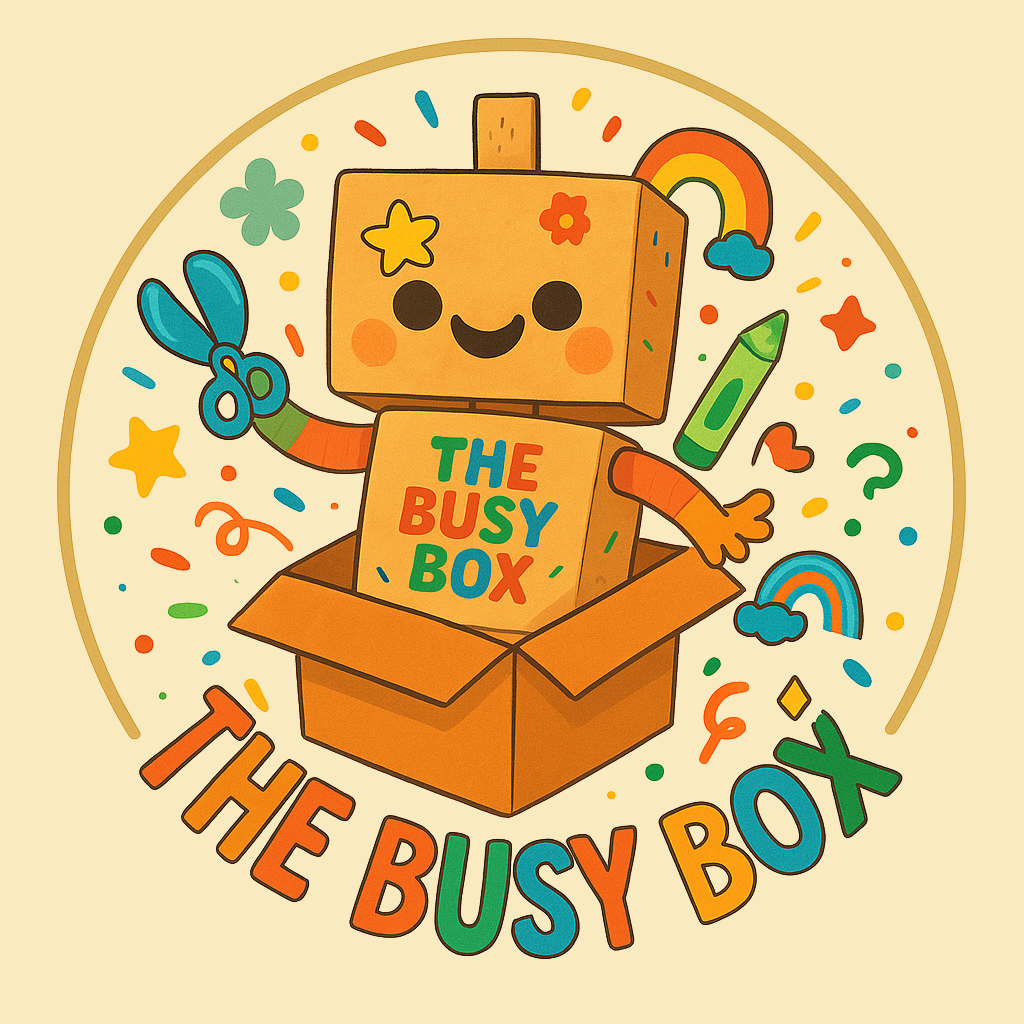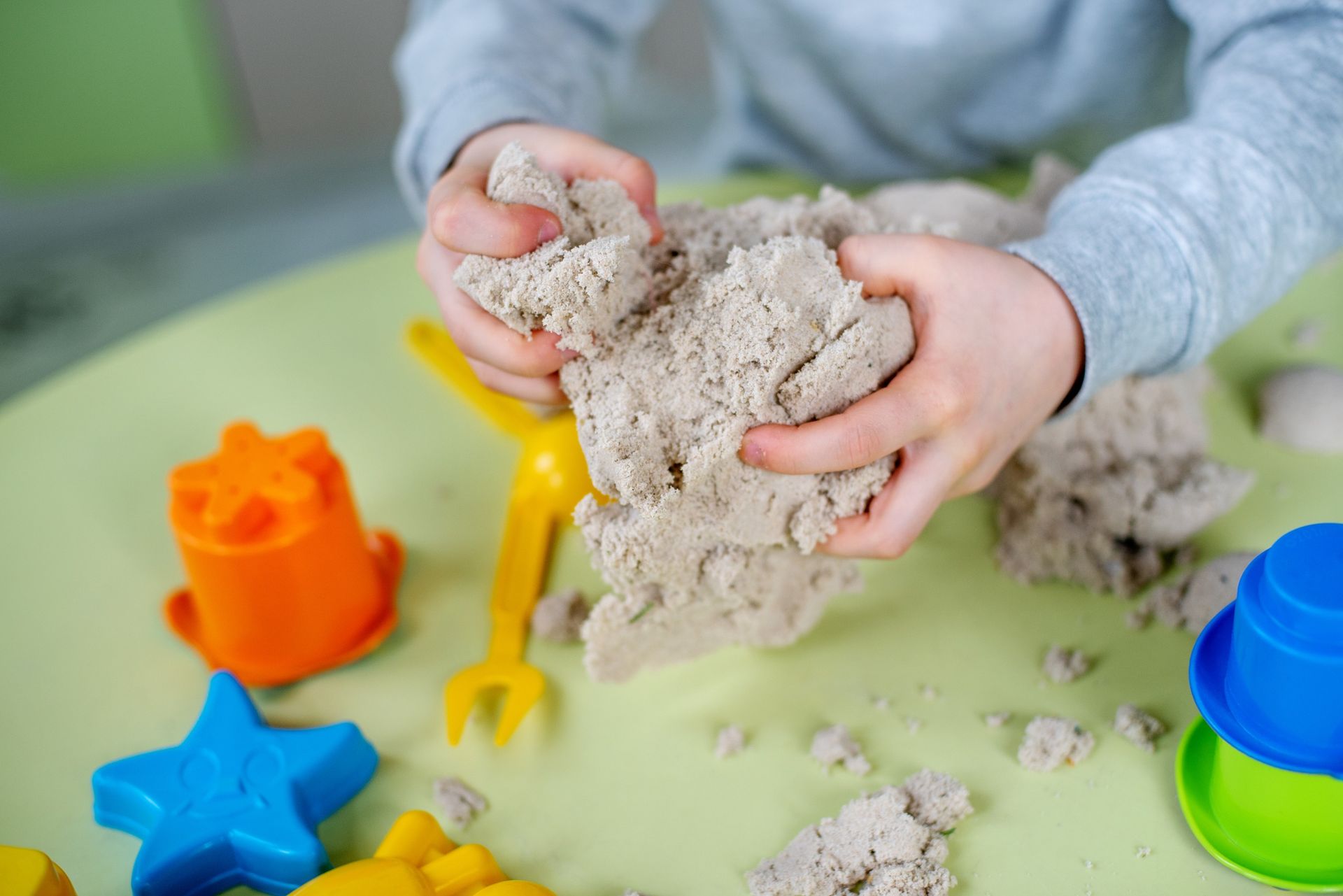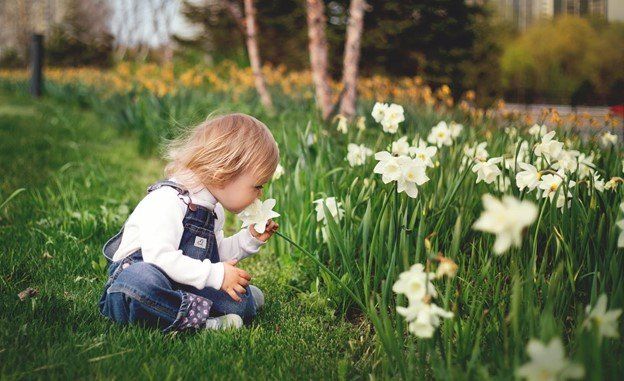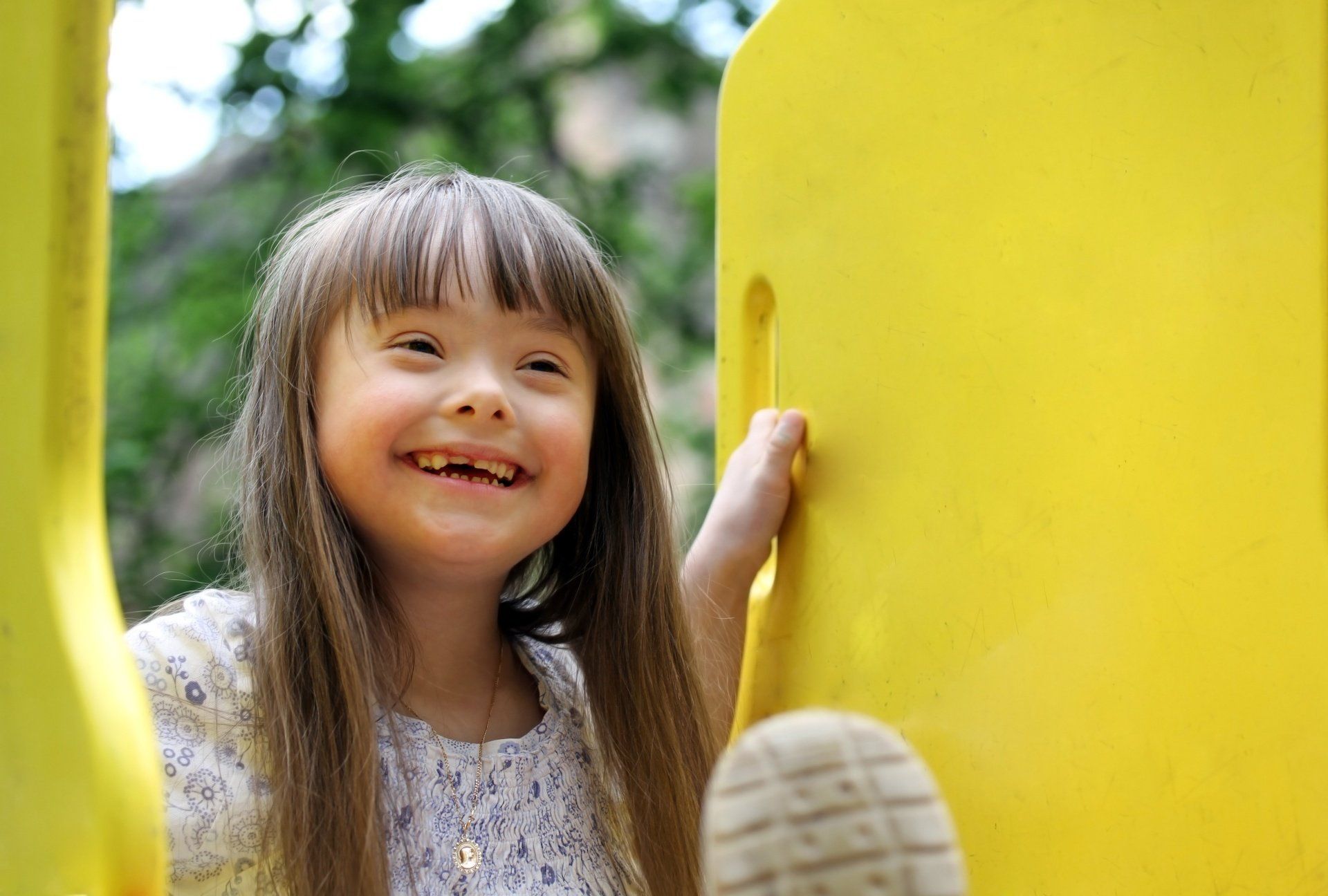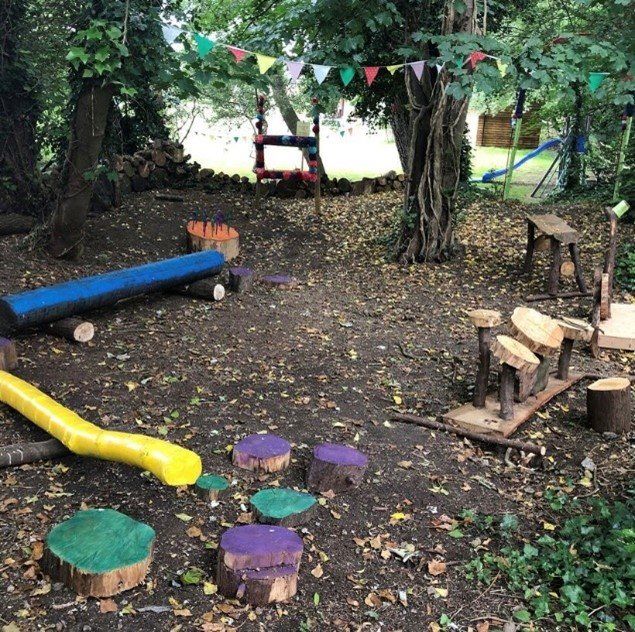Your Preschooler’s Brain: Meet Lenny Lizard and the Brain Friends
Have you ever wondered why your preschooler melts down when their toast is cut the “wrong” way, or why transitions can feel so big and overwhelming?
It’s not just a phase, it’s brain development in action.
At this age, your child’s brain is growing rapidly, but it’s still under construction. That’s where The Brain Friends come in- a simple, science-based way to help parents and children understand what’s going on inside those little heads (and hearts).
The Brain Friends are four characters that represent key parts of your child’s developing brain. Together, they help make sense of big feelings, tricky behaviour and moments when everything just feels a bit much.
Let’s meet them...
Lenny Lizard lives in the brainstem, the part of the brain responsible for keeping the body alive and ready to act. He controls basic functions like breathing, heart rate, and movement. When your child jumps, runs, pushes, hides, or hits without thinking, that’s Lenny in charge. Lenny’s job is to mobilise the body quickly in response to discomfort or stress. He doesn’t plan or think things through — he reacts. He’s essential for survival, but sometimes he takes over when a child is just hungry, overstimulated or tired.
Mylo Monkey lives in the emotional part of the brain, where the amygdala and hippocampus are. He’s the one who sounds the alarm when something feels big, scary or upsetting. Mylo doesn’t use logic — he uses feelings. That’s why your child might panic, cry or cling when something unexpected happens. Mylo is communicating through emotion.
Orla Owl lives in the thinking part of the brain, the prefrontal cortex (which is still developing into their 20s!) She’s in charge of reflection, problem-solving and reasoning. But Orla can only come online when Lenny and Mylo are calm. That’s why young children can’t “just calm down” or talk about their feelings in the moment; their brains haven’t made that leap yet.
Brilliant Brain helps connect everything together. He’s in charge of learning and growing through practice. When your child uses the Brain Friends regularly, they’re not just behaving better, they’re building new neural pathways that support emotional development, resilience and independence over time.
Why Lenny Lizard matters most in the early years
In the first five years of life, regulation starts in the body. Your child is learning how to feel safe, how to tune in to their needs, and how to recover from strong emotions, but they need a grown-up to help them do it.
Every time you help your child calm their body, meet a need, or take a break when things get overwhelming, you’re helping Lenny return to rest. You’re also setting the stage for Mylo to feel safe, Orla to come online, and Brilliant Brain to grow.
How you can support Lenny at home
Here are a few ways to gently support regulation at this age:
- Name body needs:
“I think your body might be hungry” or “Your legs look wriggly — do you need to move?”
- Create predictability:
A simple routine or picture schedule helps the nervous system feel safe
- Use simple language: Try phrases like “Lenny is moving fast, let’s slow him down” or “Let’s help Lenny feel steady.”
- Notice early signals: Meltdowns often start with little clues like fidgeting, whining or zoning out
- Stay close: Your calm presence helps their body return to safety faster than anything else
Why the Brain Friends work
The Brain Friends model gives your child the language, visuals and metaphors to start understanding themselves from the inside out. When children learn about their brain and nervous system in a playful way, they’re more likely to use the tools they’ve been taught, even when big feelings show up.
And because the model is designed for adults too, it helps parents and teachers respond with compassion rather than confusion. You’ll understand what’s really going on underneath the behaviour and know how to help.
Discover The Brilliant Brain Friends storybook on Amazon:
The Brilliant Brain Friends: Learning From the Inside Out
Watch the explainer video:
www.thebrainfriends.co.uk
Would you like to explore more about how to support your child’s emotional development using the Brain Friends? Visit the site or contact Emily directly at
emily@thebrainfriends.co.uk
Let’s give every child the tools they need to thrive, starting with their brain.
